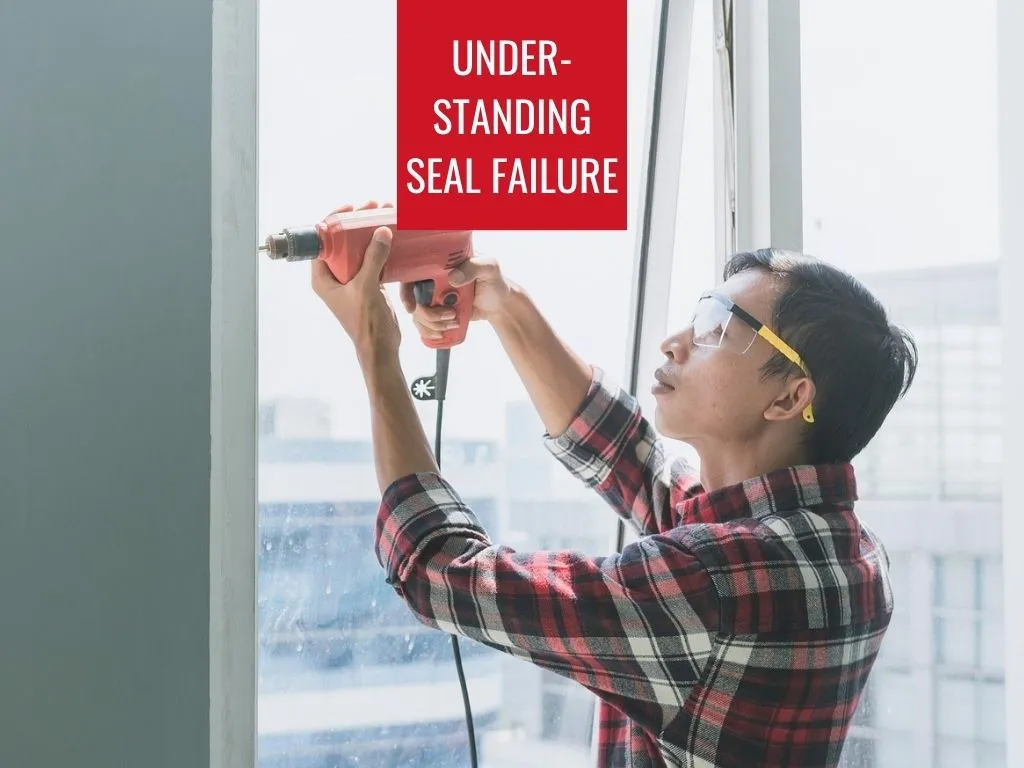Seals are often overlooked because of their size, yet they are among the most important components in industrial equipment. A well-designed sealing profile ensures safety, efficiency, and reliability, while a failing one can cause costly downtime. Understanding why seals fail and how their service life can be extended helps companies save time and money while avoiding unnecessary risks.
Why Seal Reliability Matters
When a seal loses its function, the consequences can be serious. Leaks may damage equipment, reduce energy efficiency, or even compromise safety in critical applications such as transportation, marine environments, or heavy machinery. The costs of emergency repairs and unscheduled downtime are usually much higher than investing in high-quality seals and proper maintenance from the start.
Common Causes of Seal Failure
Most sealing profiles fail for predictable reasons. By recognizing these issues early, it is possible to prevent them from shortening a product’s service life.
- Incorrect material selection. Each environment places unique demands on seals. Exposure to extreme temperatures, aggressive chemicals, or continuous mechanical stress can cause premature failure if the material is not suited for the application.
- Improper installation. Even the best seal will fail if installed incorrectly. Twisting, stretching, or damaging the profile during installation can create weak points that later lead to leaks.
- Wear and tear. Over time, seals are exposed to friction, compression, and vibration. Without regular inspection and replacement, natural wear can progress unnoticed until performance is lost.
- Environmental exposure. UV light, ozone, moisture, and salt can degrade some materials. Outdoor applications in particular require seals with high weather resistance.
Signs That a Seal May Be Failing
Maintenance teams can often spot early warning signs before a complete failure occurs. Stiffening, cracking, visible surface damage, or reduced elasticity are common indicators. Another signal is the need for repeated tightening of equipment or components, which often points to a seal losing its ability to maintain compression. Regular checks help detect these problems before they lead to larger breakdowns.
How to Extend the Service Life of Seals
While no seal lasts forever, careful planning and maintenance can make a significant difference. Companies can increase reliability and reduce lifecycle costs by focusing on a few essential practices:
- Choose the right material. Rubber, silicone, and TPE each perform best under different conditions. Considering temperature range, chemical exposure, and mechanical stress is critical to achieving a long-lasting result.
- Maintain regularly. Scheduled inspections, cleaning, and timely replacement prevent small issues from becoming costly failures. A proactive approach reduces downtime and keeps equipment running smoothly.
The Role of Design in Seal Durability
Material choice is only part of the equation. The design of the extrusion profile also affects how well a seal performs over time. Proper compression, tolerance, and shape all influence how effectively a profile maintains contact and prevents leakage. Working with an experienced manufacturer helps ensure that seals are tailored to both the mechanical and environmental requirements of the application.
Balancing Cost and Reliability
It can be tempting to save on material or installation costs, but cutting corners often leads to higher expenses later. A low-cost seal that fails prematurely may result in repeated replacements, lost production, and expensive repairs. In many industries, the total cost of ownership is much lower when seals are designed and maintained with long-term performance in mind.
Conclusion: Prevent Failure Before It Happens
Seal failure is rarely a sudden event. In most cases, it is the result of predictable issues such as poor material selection, incorrect installation, or neglect in maintenance. By understanding these causes and addressing them proactively, companies can extend the lifespan of their sealing solutions and avoid costly downtime.
The right material, the right design, and the right maintenance routine form the foundation for reliable sealing. At V.A.V. Group, we work with our customers to provide solutions that last, from material selection to custom design and long-term support. If you want to improve the reliability of your equipment and prevent seal failure, our experts are ready to help.











